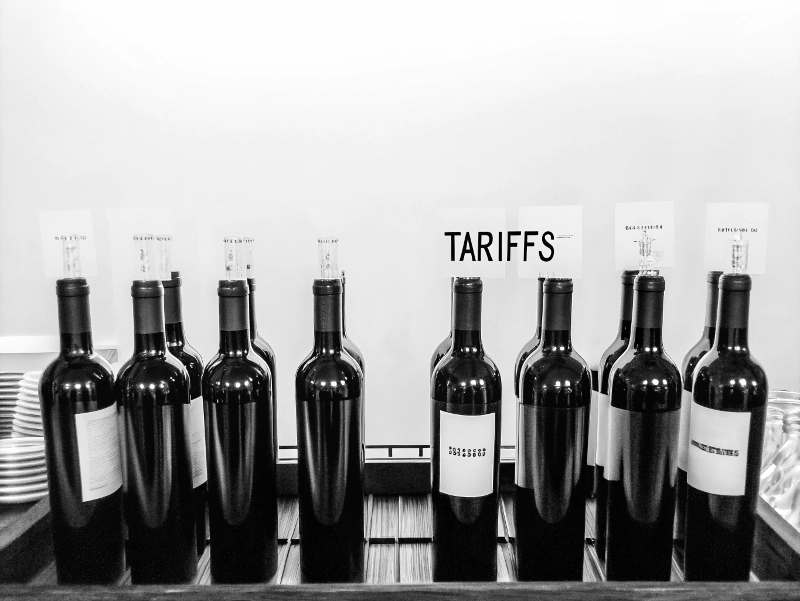
I’ve been watching these new tariffs unfold, and I’m concerned about what they mean for our industry. From wineries to importers to retailers, everyone’s facing a perfect storm of higher costs, supply chain headaches, and market uncertainty.
The new tariffs on wine bottles typically increase costs by 10-25%, affecting both empty glass bottles and finished wine imports. This creates a ripple effect through the entire supply chain – from producers facing higher packaging costs to consumers seeing price jumps at retail. Mid-range wines ($15-30) are particularly vulnerable to these shifts.
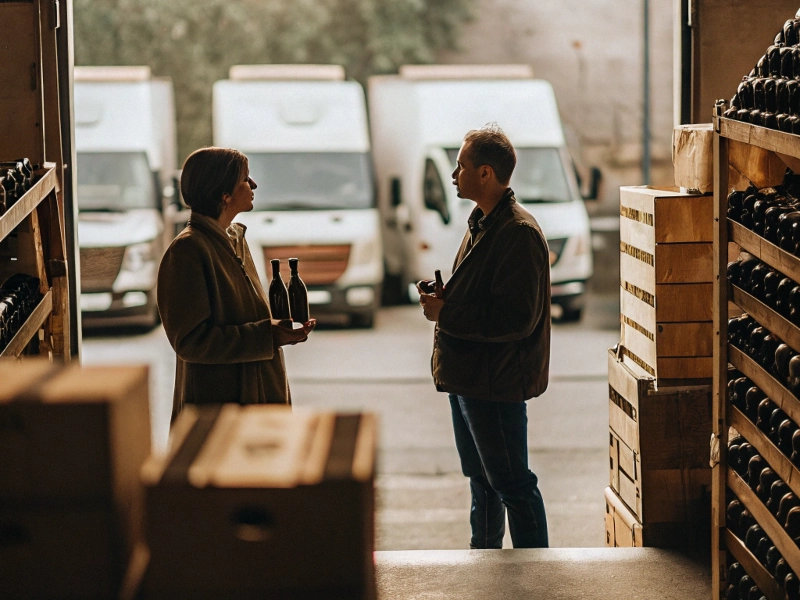
In this article, I’ll break down exactly what these tariffs mean for your business, regardless of where you sit in the wine industry. I’ll share practical strategies I’ve seen work, pitfalls to avoid, and how to position yourself for long-term success despite these challenges. Let’s navigate this together.
Tariff Deep Dive: Key Information You Need to Know
The confusion I’m seeing across the industry is understandable. These tariffs are hitting us from multiple angles – affecting both empty glass bottles imported for domestic wine production and finished bottled wines from certain countries.
For glass bottles, the tariffs primarily affect imports from China (HS Code 7010.90), with rates increasing by 10-25% depending on specifics. For finished wines, countries like Italy, France, and Spain face additional import duties (HS Codes 2204.21 and 2204.29) ranging from 15-25%. These tariffs are mostly calculated as a percentage of declared value (ad valorem).
No claim provided.True
The article specifically states that 'For glass bottles, the tariffs primarily affect imports from China (HS Code 7010.90), with rates increasing by 10-25% depending on specifics.'
No claim provided.False
The article explains that 'The real cost impact is layered and often delayed' and includes not just direct tariffs but also shipping rate adjustments, customs broker fees, and port delays that add unexpected storage costs. It explicitly states 'The total impact goes well beyond just the direct tariff percentage.'
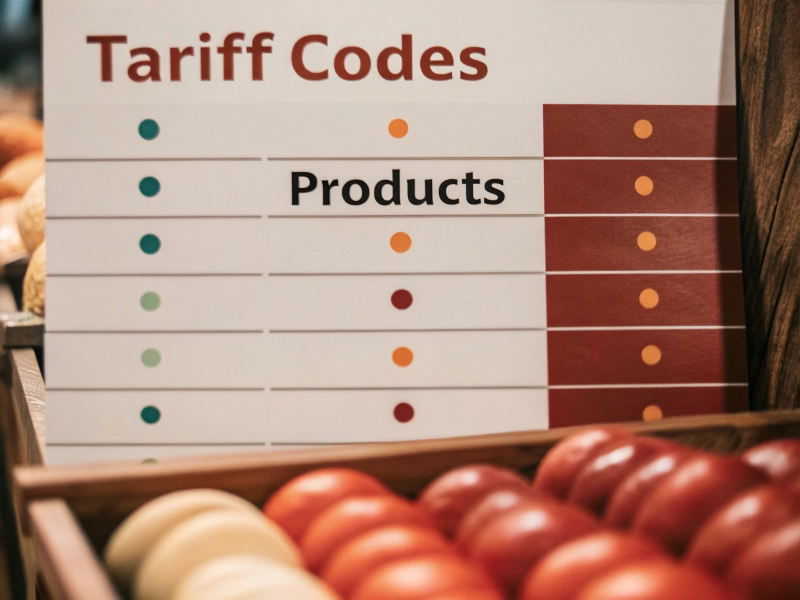
I was talking with a California winery owner last week who thought she had it figured out. "Just add the tariff percentage to my current costs, right?" Wrong.
The real cost impact is layered and often delayed. First, there’s the direct tariff. But shipping companies often adjust their rates when trade gets complicated. Your customs broker might charge more for handling the additional paperwork. And sometimes, there are port delays that add unexpected storage costs. The total impact goes well beyond just the direct tariff percentage.
What complicates things further is that these tariffs hit both sides of the business for many companies. If you’re using imported bottles for your domestic production AND exporting your finished wine to markets with retaliatory tariffs, you’re getting squeezed from both ends.
The Ripple Effect: How Tariffs Impact Your Business
For Wineries and Producers
I’m seeing wineries face three immediate challenges: higher bottle costs, export market obstacles, and overall production cost increases.
For wineries, imported bottle costs are rising 10-25% directly due to tariffs, with additional shipping and handling increases bringing the total impact to 15-30% in many cases. For a standard bottle costing $0.80 pre-tariff, this means an additional $0.12-0.24 per bottle in direct costs.
No claim provided.True
The article directly states that 'For wineries, imported bottle costs are rising 10-25% directly due to tariffs, with additional shipping and handling increases bringing the total impact to 15-30% in many cases.'
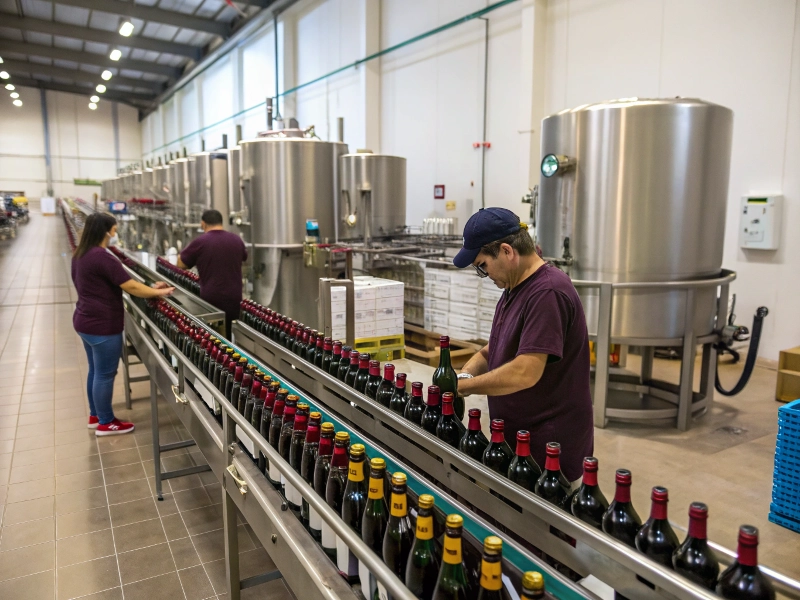
The hidden danger isn’t just the price hike. I’m more worried about supply disruption than cost increases. I’ve watched international suppliers simply drop smaller clients when profits got thin during past trade disputes.
Let me tell you a story from last year. One of my friends runs a boutique winery in Oregon. He used specialized bottles from a small European manufacturer. When tariffs hit their industry, his supplier didn’t raise prices – they just stopped shipping to the US entirely. It wasn’t worth the hassle for their relatively small American business.
My friend had to scramble. He ended up paying 30% more for rush production from a domestic supplier and still missed his optimal bottling window. The delay cost him more than the price increase ever would have.
What should you do right now? Talk to your bottle supplier immediately. Ask the tough questions:
- How badly do the tariffs hit them specifically?
- Can they guarantee stable supply for the next year?
- What’s their backup plan if things get worse?
Don’t wait until your inventory is running low. The worst time to negotiate is when you’re desperate.
Export Challenges for Wine Producers
If you’re exporting finished wine, you’re facing a whole other dimension of tariff complications.
Several key export markets like China and the EU have enacted retaliatory tariffs specifically targeting US wines, with rates ranging from 15-40% depending on the country. For example, American wines exported to China now face combined tariffs approaching 100% when adding the base tariff, retaliatory tariff, and VAT.
I was speaking with a Napa Valley producer last month who’s seen their Chinese exports drop by nearly 70% since these retaliatory measures began. Their once-booming export program has essentially stalled, forcing them to redirect those wines to the already-competitive domestic market.
The pricing strategy becomes critical here. You have three main options, none of them perfect:
- Absorb the tariff costs to maintain your market presence (though this severely damages profitability)
- Pass costs to overseas distributors/consumers (risking significant volume reduction)
- Temporarily reduce focus on heavily tariffed markets while cultivating alternative export destinations
One clever approach I’ve seen working is market diversification. A Central Coast winery I consult with has strategically expanded into Southeast Asian markets like Vietnam, Thailand, and Singapore where there are no retaliatory tariffs against US wines. Their exports to these markets have grown 35% year-over-year, partially offsetting losses in China.
If you’re exporting to affected markets, now is the time to have frank conversations with your international distributors. Understand their flexibility on pricing and develop contingency plans together. Some distributors may be willing to share the tariff burden to maintain volume, especially for established brands with loyal followings.
For Importers and Distributors
Importers face the most direct hit, with significant increases in landed costs that squeeze already tight margins.
For wine importers, the tariff impact means recalculating your entire landed cost model. Beyond the 15-25% direct tariff on the wine, expect increases in customs broker fees, potential storage costs due to clearance delays, and possible exchange rate fluctuations as markets react to trade tensions.
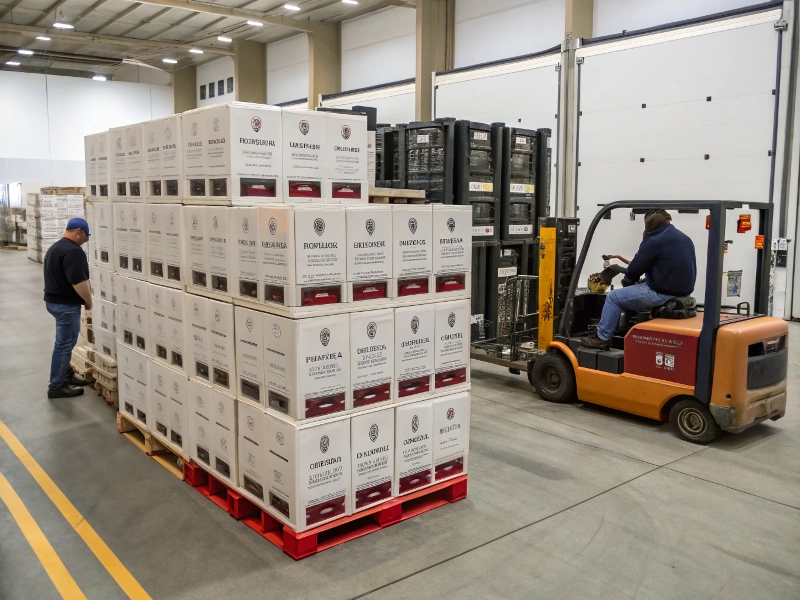
I’ve seen this play out before. Back in 2018, a client of mine importing Italian wine saw their final landed cost jump 8% higher than what they initially calculated. Why? Small rule changes and port congestion that nobody predicted.
Your first step should be a complete recalculation of your landed costs. Don’t just add the tariff percentage – build in a 5-10% buffer for those "surprise" costs that inevitably emerge.
The demand shifts are already happening too. I’m noticing retailers becoming more price-sensitive and actively seeking alternatives from non-tariffed countries. This is especially true in that crucial mid-price segment ($15-30 retail) where consumers are most price-conscious.
The types of wine most affected in this price range include everyday drinking wines from specific French regions (like Côtes du Rhône and entry-level Bordeaux), Italian Prosecco and Chianti, and Spanish Rioja – mainstream imports that typically compete on value as much as prestige.
Effects on Retailers and Bottle Suppliers
For retailers, this is a balancing act between maintaining margins and keeping customers happy.
Retailers are facing a category management challenge as price points shift. Many are expanding selections from non-tariffed regions while communicating price increases on affected products through simple shelf talkers mentioning "supply chain adjustments" rather than detailed tariff explanations.
For domestic bottle manufacturers, there’s a clear opportunity, but it’s not guaranteed. Being local isn’t enough – you must deliver on price, quality, and reliability.
I’ve been watching this pattern repeat for years. Tariffs create temporary advantages for domestic suppliers, but capturing that opportunity is harder than it looks.
While tariffs on imported bottles create an opportunity for domestic manufacturers, it’s also crucial to monitor whether tariffs on finished imported wine might shrink the overall wine market, potentially reducing total demand for all wine bottles (including domestic ones) in the long run. I’m already seeing preliminary data suggesting a 3-5% overall consumption decline in heavily tariffed categories, which could eventually impact total packaging demand.
For domestic manufacturers, this window might only stay open for 6-12 months. The winners will be suppliers who use this moment to build true partnerships, not just take orders.
When looking for alternative suppliers from non-tariff countries, understand what you’re getting. Eastern European suppliers (like those in Poland or Ukraine) typically offer competitive pricing (15-25% below Western European equivalents) but often require larger minimum orders (typically 1-2 full containers). South American suppliers offer quality comparable to Southern Europe with attractive pricing but longer lead times (typically 4-6 weeks additional transit time).
Strategic Responses: Finding a Path Through Tariff Challenges
Cost Control & Optimization
The businesses I see handling this best are taking a comprehensive approach to cost management.
Beyond just calculating tariff impacts, forward-thinking companies are exploring alternative bottle sources from non-affected countries and considering packaging innovations. Some are reducing bottle weight by 10-15% where appropriate, while others are testing consumer acceptance of high-quality bag-in-box options for certain price points.
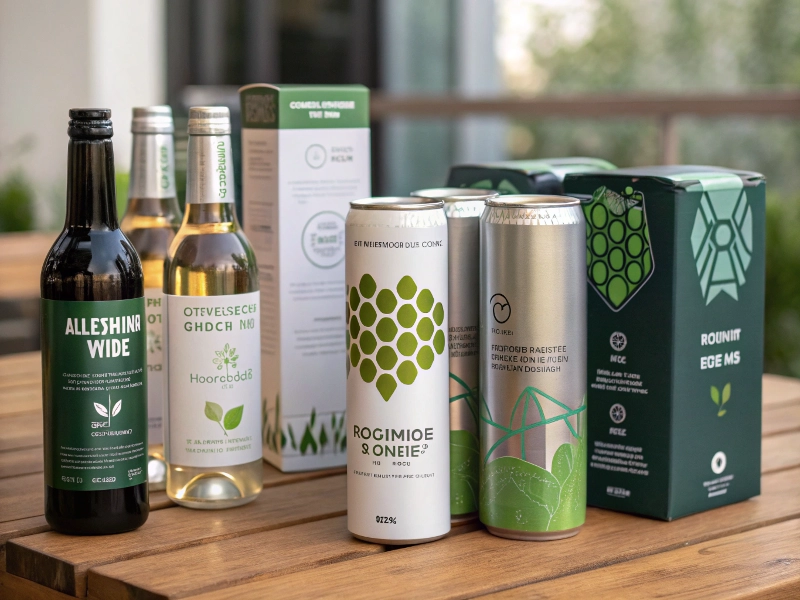
For wineries, this might mean looking beyond your traditional bottle suppliers. Countries not affected by these tariffs could offer viable alternatives – though you’ll need to carefully test quality and reliability.
I’m also seeing creative approaches to bottle specifications. One clever California producer I work with reduced their bottle weight by 15% without changing the visual profile – saving both on glass costs and shipping weight.
For importers, consider diversifying your portfolio to include wines from regions not affected by the current tariffs. South America, South Africa, and certain European regions might offer alternatives that keep your business flowing while tariffed products become more challenging.
Pricing & Communication Strategies
I’ve watched too many businesses damage customer relationships by handling price increases poorly. The key isn’t just what you charge – it’s how you communicate it.
When adjusting prices, consider tiered increases based on price sensitivity – perhaps 5-7% on premium wines but only 2-3% on entry-level products where consumers are most price-sensitive. Communicate changes clearly but simply, focusing on "increased supply costs" rather than detailed tariff explanations.
Let me share what I’ve learned from 20+ years in this business. Price sensitivity varies dramatically across wine segments. Your high-end bottles? Those customers barely blink at a few dollars more. Your value wines? The margins are already razor-thin.
I saw this happen with a client’s Chardonnay last year. When they raised the price from $16.99 to $19.99, sales dropped nearly 30%. The wine didn’t change, but consumer perception did.
For retailers and restaurants, this is actually an opportunity. Use this moment to guide customers toward great-value wines from regions not affected by the tariffs. Your customers will appreciate honest recommendations that help them navigate price changes.
Market & Product Strategy Adjustments
Smart businesses are using this disruption to rethink their overall strategy.
Consider reallocating marketing resources toward products and markets less affected by tariffs. Some wineries are accelerating direct-to-consumer programs to capture margin otherwise lost to the supply chain, while importers are introducing exclusive labels from non-tariffed regions to maintain competitive price points.

I’m also seeing wineries take a hard look at their product mix. Which wines generate the most profit? Which ones could absorb a price increase without losing sales? This is the time to focus your resources on your strongest performers.
For inventory management, the balancing act is tricky. Stocking up on bottles before prices rise further makes sense – but only if you have the storage capacity and cash flow to support it. Don’t create a cash crisis solving a tariff problem.
Monitoring Policy & Seeking Support
This isn’t the time to put your head in the sand. Stay informed about policy changes.
Tariff situations evolve constantly, so dedicate someone on your team to monitor trade publications, industry associations, and government announcements. Consider joining relevant industry groups that are advocating for resolution of trade disputes – their insider updates can provide valuable advance warning of changes.
Several industry associations are offering guidance and resources specifically for navigating these tariffs. Some are even providing templates for calculating tariff impacts and strategies for mitigating them.
Long-Term Perspective: Potential Profound Changes
These tariffs aren’t just a temporary inconvenience – they could fundamentally reshape our industry.
We may see a permanent shift in global wine trade patterns, with regional production becoming more important as businesses seek to shorten supply chains. Consumer acceptance of alternative packaging may accelerate, along with increased focus on domestic production to reduce tariff vulnerability.
No claim provided.True
The conclusion lists exactly five numbered steps: contacting key suppliers, re-evaluating cost structure and pricing models, assessing product portfolio and inventory strategy, exploring alternative suppliers or markets, and developing clear communication.
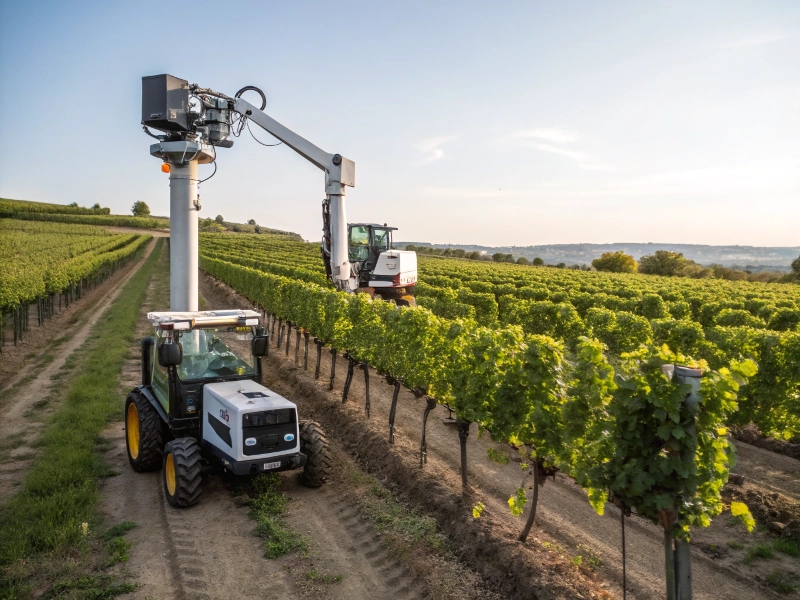
I believe the most successful businesses will use this challenge as an opportunity to innovate. Maybe that means investing in more efficient production methods. Maybe it’s diversifying your supplier base or exploring new markets.
The wine industry has weathered challenges for centuries. What makes these tariffs different is how they’re accelerating changes that were already underway – localization, sustainability concerns, and consumer value-seeking.
For some businesses, especially smaller ones without deep pockets, these tariffs will be genuinely difficult to navigate. But those who adapt quickly and strategically will not just survive – they’ll emerge stronger when trade conditions eventually stabilize.
Key Takeaways by Audience
For Wineries & Producers
- Immediate Action: Contact your bottle suppliers now to assess impact and guarantee supply
- Cost Management: Explore alternative suppliers and consider reducing bottle weight by 10-15% where appropriate
- Export Strategy: If exporting to tariffed markets, develop market diversification strategy focusing on non-tariffed destinations
- Risk Level: ⚠️⚠️⚠️ (High – dual exposure to bottle costs and export market challenges)
For Importers & Distributors
- Immediate Action: Recalculate landed costs with 5-10% buffer beyond direct tariff amount
- Portfolio Strategy: Diversify with wines from non-tariffed regions (South America, South Africa)
- Price Sensitivity: Most critical in the $15-30 retail segment, especially for European imports like Prosecco, Côtes du Rhône, and Rioja
- Risk Level: ⚠️⚠️⚠️ (High – direct tariff exposure and potential market share losses)
For Retailers
- Immediate Action: Adjust category mix to include more wines from non-tariffed regions
- Communication Strategy: Use simple shelf talkers mentioning "supply chain adjustments" rather than detailed tariff explanations
- Customer Service: Train staff to recommend alternatives in non-affected categories
- Risk Level: ⚠️⚠️ (Medium – can potentially pivot selection to minimize impact)
For Domestic Bottle Manufacturers
- Immediate Action: Contact wineries proactively with clear value proposition and supply guarantees
- Market Awareness: Monitor overall market demand as tariffs may reduce total wine consumption
- Opportunity Window: 6-12 months to establish relationships before supply chains adjust
- Risk Level: ⚠️ (Low to Medium – opportunity exists but depends on overall market impact)
Conclusion: Next Steps for Your Business
These tariffs aren’t just adding percentages – they’re testing the entire wine supply chain. To navigate this successfully, take these concrete steps now:
- Contact your key suppliers (bottle/wine) immediately to understand their situation and secure commitments
- Re-evaluate your cost structure and pricing models with a realistic view of the total tariff impact
- Assess your product portfolio and inventory strategy to focus on strengths and mitigate vulnerabilities
- Explore alternative suppliers or markets that aren’t affected by current tariffs
- Develop clear, simple communication for price adjustments that maintain customer confidence
The businesses that will thrive are those that recalculate costs accurately, secure their supply chains, communicate thoughtfully with customers, and stay nimble as conditions evolve. Don’t just react – get ahead of these changes and position yourself for success regardless of how long these tariffs remain in place.




